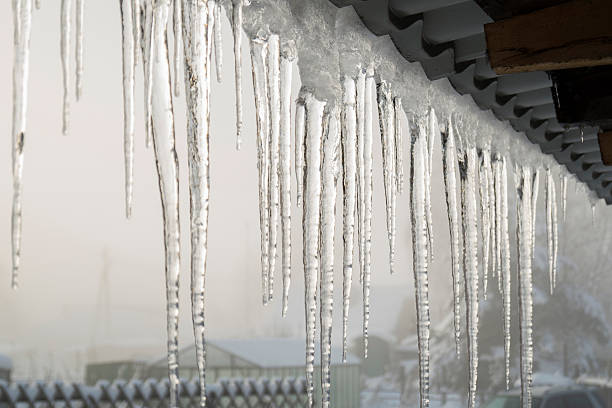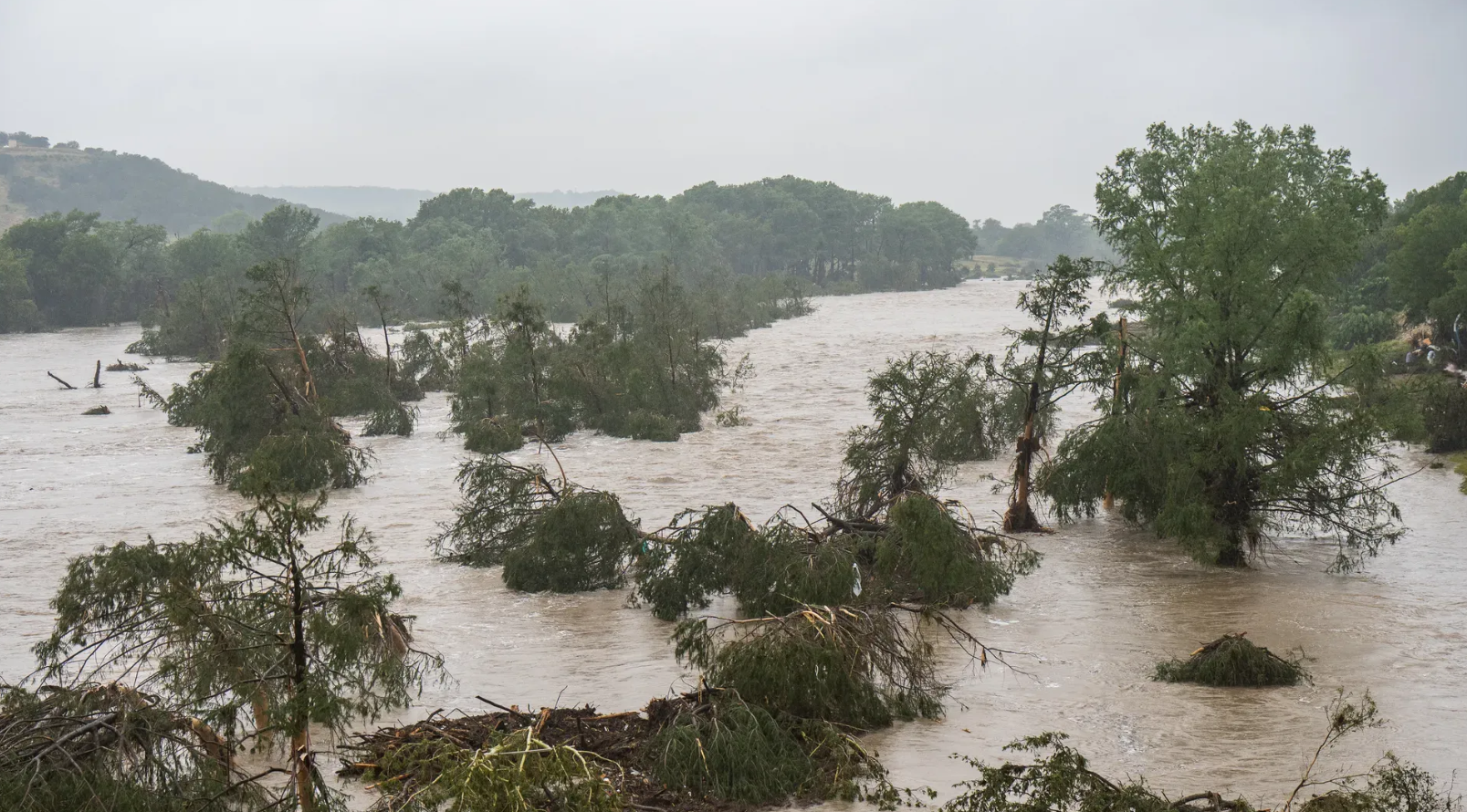Minnesota’s brutal winters bring a constant threat of frozen pipes and ice dams, both of which cause severe structural damage, mold growth, and costly repairs. Understanding these risks and taking preventive measures is crucial for homeowners and businesses to avoid disaster.
How Frozen Pipes Lead to Water Damage
When temperatures plummet, water inside pipes freezes and expands, creating immense pressure until the pipe bursts. Once the ice melts, it unleashes severe flooding. Pipes in unheated areas such as basements, attics, and exterior walls are particularly vulnerable. Warning signs include a sudden loss of water flow, frost buildup on exposed pipes, unusual banging or gurgling sounds, and bulging or swollen pipes. Prevention is key—insulating exposed pipes, keeping indoor temperatures above 55°F, allowing faucets to drip slightly, and sealing gaps where cold air enters reduces the risk. If pipes freeze, shutting off the main water supply and warming the pipes using controlled heat, such as a hairdryer or heating pad which will help thaw them safely. If a pipe bursts, immediate action is crucial—Turn off the water, contact a plumber and call a water damage professional to minimize further destruction.
Ice Dams: The Hidden Threat on Your Roof
Ice dams form when attic heat melts snow, which refreezes at the roof’s edge, trapping water that seeps under shingles, causing leaks, mold, and costly interior damage. Signs of ice dam formation include icicles along gutters, water stains on ceilings and walls, and loose or damaged shingles. Preventive measures such as improving attic insulation and ventilation, clearing snow buildup with a roof rake, installing heated roof cables, and sealing air leaks around vents and chimneys mitigates the risk. If an ice dam does form, chipping away at it causes more harm than good—using calcium chloride to break up the ice safely is a better approach and contacting a professional to remove the ice dam using steam is your safest and most effective option.
The Cost of Water Damage
Water intrusion not only compromises structural integrity but also fosters mold growth within 48 hours and increases fire hazards by exposing electrical wiring to moisture. It is imperative that you deal with water quickly. I had a potential client who had a pipe burst in their cabin during the winter. The policy only covered pipes breaking if it was seen, stopped, and reported within 7 days. We were on day 15 and the water loss of $450,000 was NOT covered. The repair costs vary significantly, with burst pipe repairs ranging from $500 to a total loss of the structure, ice dam damage reaching $100,000 or more, and mold remediation costing anywhere from $1,000 to $75,000.
The Insurance Challenge
Many homeowners trust their insurance will cover all water damage, but they must be prepared for insurance companies to deny claims for negligence, gradual leaks, and other exclusions, leaving them to face unexpected costs alone.
Insurance companies impose high deductibles or even dispute claims. Homeowners must document damage with photos and videos before making repairs, take steps to prevent further damage, and review their policy to understand coverage limits to ensure a successful claim. Public adjusters are essential in ensuring a fair settlement by advocating for homeowners and challenging unfair claim denials.
Final Thoughts
Water damage from frozen pipes and ice dams causes serious devastation, but proactive steps prevent major losses. Proper insulation, routine maintenance, and quick action in freezing conditions are essential. Understanding insurance coverage and seeking expert guidance also makes the claims process smoother, ensuring homeowners and businesses receive the support they need. When claims become complex or insurance companies push back, having an experienced advocate early on makes all the difference in securing a fair outcome.

.svg)
.svg)
.svg)
.svg)






